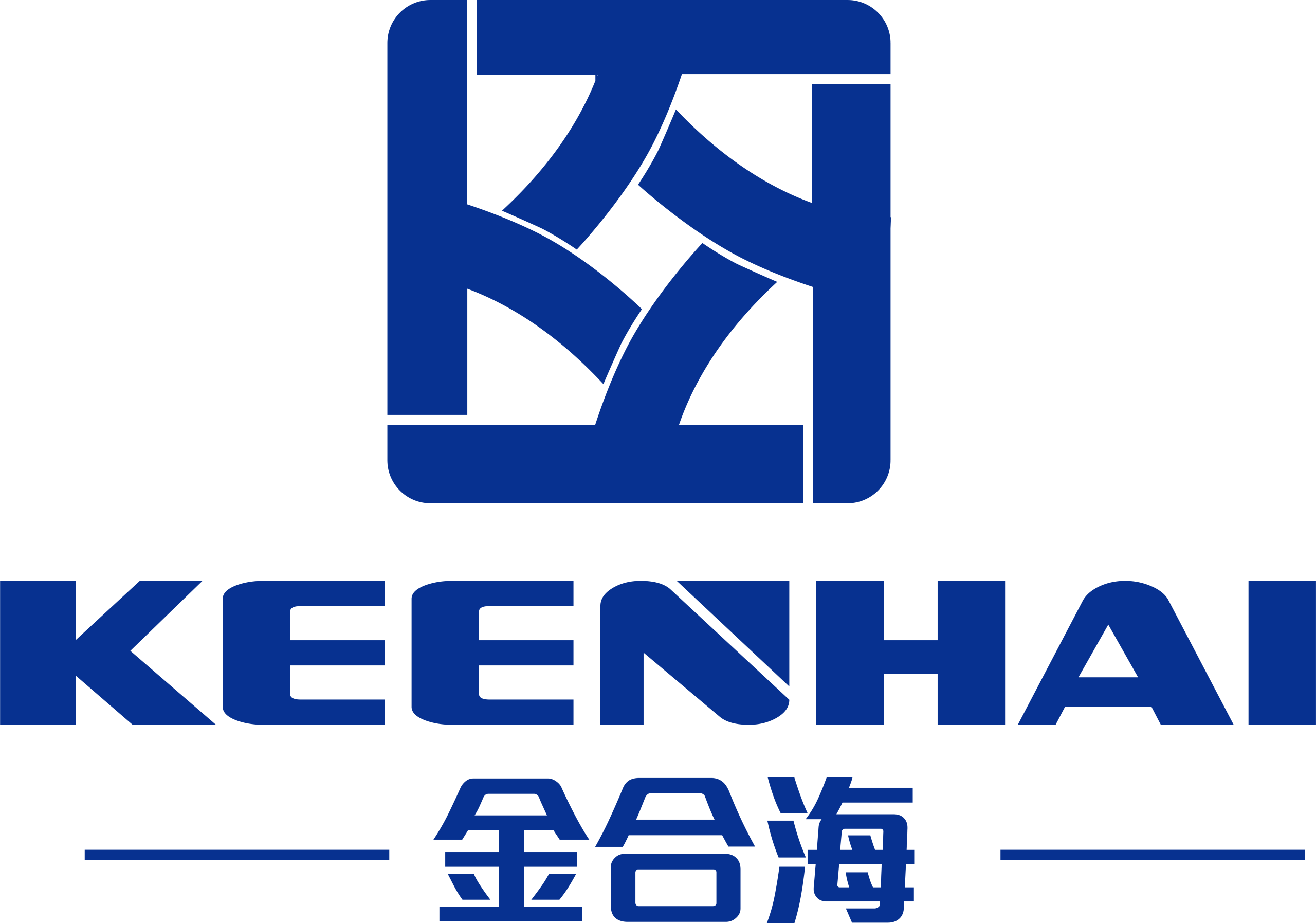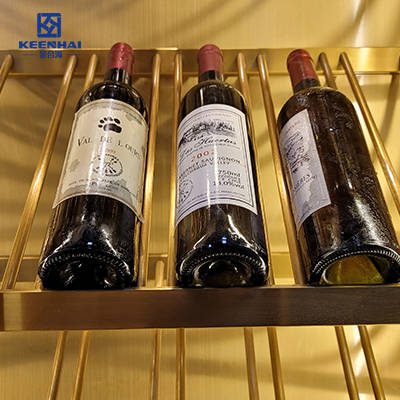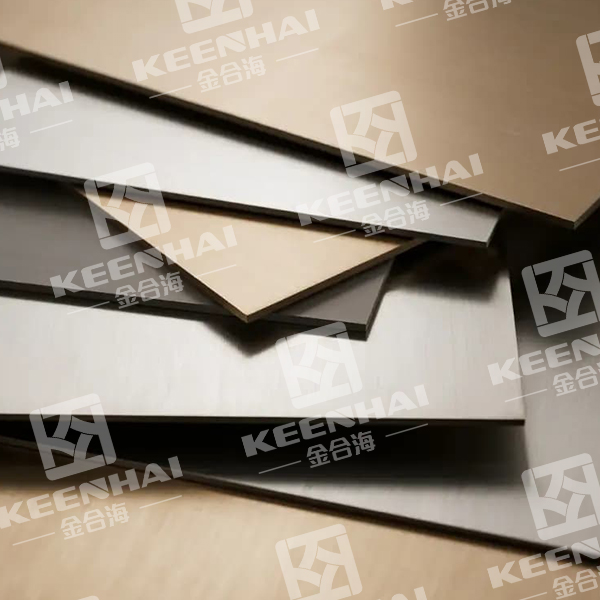Steel rusts when exposed to water; inox, short for stainless steel, adds chromium so it resists rust, stays shiny, and costs a bit more.
Composition and Alloying Elements
Understanding the core difference between standard steel dhe inox begins with the chemistry behind them. Steel is an iron-carbon alloy where carbon typically ranges from 0.05% to 2.1% by weight, depending on the grade. When carbon content is on the lower end—below 0.3%—the steel becomes more ductile and easier to form, which is common in construction-grade mild steels. However, once carbon exceeds 0.8%, the hardness and tensile strength increase dramatically, though at the cost of reduced toughness and weldability.
On the other hand, when we talk about material is inox (stainless steel products), we are referring to an alloy with iron as its base, but with a critical addition of chromium, generally 10.5% or higher. This chromium reacts with oxygen to create a passive, self-repairing oxide layer, preventing deep rust penetration. In addition to chromium, various alloying elements—like nickel, molybdenum, and sometimes titanium—are strategically included to enhance corrosion resistance, mechanical strength, and surface finish quality.
Carbon Content in Standard Steel
Carbon is the primary hardening element in steel. At 0.05–0.3% C, you get steels ideal for bending, deep drawing, and welding—like those used for automotive body panels. Between 0.4–0.6% C, steels become strong enough for structural beams, gear shafts, and mechanical tools. At the extreme, high-carbon steels exceeding 0.8% C are used in cutting blades, springs, and wear-resistant components. However, even the hardest carbon steel will corrode rapidly in humid or marine conditions without protective coatings.
Chromium and Other Alloy Additions in Inox
Inox owes its corrosion resistance primarily to chromium content between 10.5% and 26%. Nickel, often between 6–20%, stabilizes the austenitic structure, improving formability and toughness at sub-zero temperatures. Molybdenum, typically 2–3%, boosts pitting resistance in chloride-rich environments, making it indispensable in marine-grade stainless steels. Elements like titanium or niobium are occasionally added at 0.2–0.5% levels to prevent intergranular corrosion during welding.
| Element | Standard Steel Typical Range (% by weight) | Inox Typical Range (% by weight) | Primary Function |
|---|---|---|---|
| Carbon (C) | 0.05 – 2.1 | 0.03 – 0.08 | Strength, hardness |
| Chromium (Cr) | 0 | 10.5 – 26 | Corrosion resistance |
| Nickel (Ni) | 0 | 6 – 20 | Toughness, ductility |
| Molybdenum (Mo) | 0 | 2 – 3 | Pitting resistance |
| Manganese (Mn) | 0.3 – 1.5 | 1 – 2 | Deoxidation, strength |
| Silicon (Si) | 0.1 – 0.5 | 0.3 – 1 | Oxidation resistance |
In short, the real distinction between ordinary steel and inox lies in alloy chemistry, not just appearance. Even a thin oxide layer formed by chromium in inox can make the difference between decades of durability and a few months before visible rust.
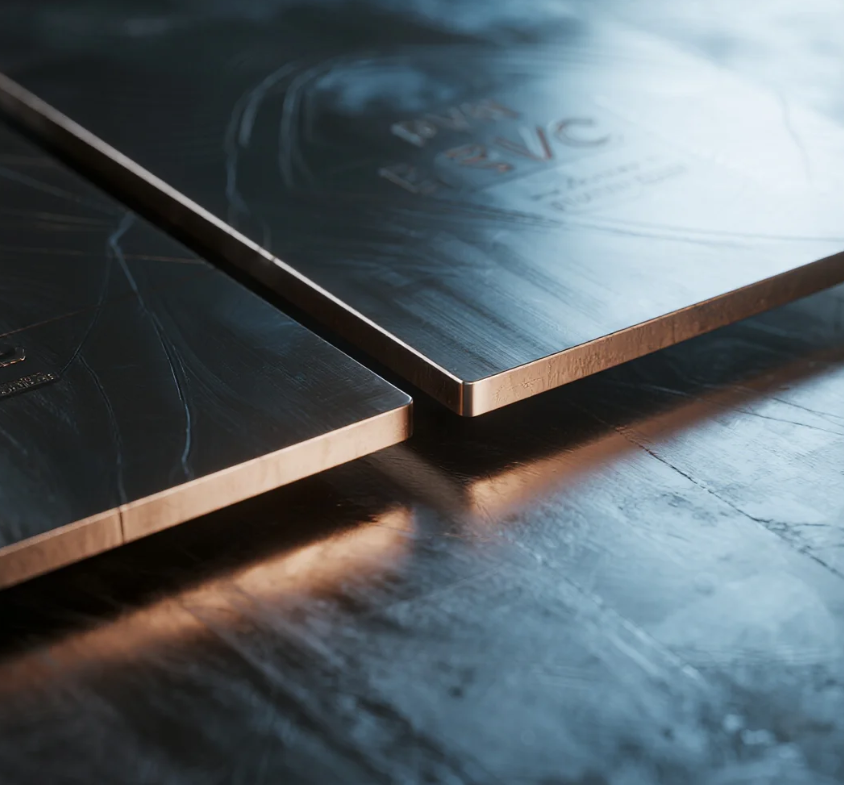
2. Corrosion Resistance Performance
2.1 How Steel Reacts to Moisture and Oxygen
When plain carbon steel comes into contact with moisture and oxygen, it begins to oxidize. This is the basic chemical reaction we call rusting, where iron atoms in the steel bond with oxygen to form iron oxide. In most environments, this process can start within hours if the steel is left unprotected. Saltwater accelerates corrosion dramatically — research from the American Galvanizers Association shows that steel in coastal air can corrode up to five times faster than in inland areas. Even small scratches on the surface can act as entry points for moisture, creating localized corrosion spots.
For example, in a damp indoor warehouse with around 80% relative humidity, bare steel can develop visible rust within 24–48 hours. This is why industrial applications often require protective coatings, such as PVD stainless steel, to slow down this reaction and extend service life.
2.2 Oxide Layer Formation in Inox
Unlike regular carbon steel, stainless steel contains chromium — usually at least 10.5% by mass. When stainless steel is exposed to oxygen, the chromium reacts to form a thin, invisible layer of chromium oxide on the surface. This “passive layer” acts like an invisible shield, preventing oxygen and moisture from penetrating deeper into the metal. The key advantage is that this layer is self-healing: if it’s scratched or damaged, the chromium in the alloy reacts with oxygen again to rebuild the protective barrier.
For example, a 304 stainless steel sheet used in a humid kitchen environment can maintain its shine for decades because the chromium oxide layer regenerates almost instantly. However, in chloride-rich environments (like near the sea), pitting corrosion can still occur if the protective layer is breached. This is why marine-grade stainless steels like 316, which contain molybdenum, offer better resistance.
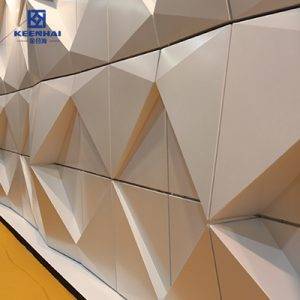
3. Mechanical and Physical Properties
3.1 Strength and Hardness Comparison
One of the main differences between steel and inox lies in strength and hardness. Standard carbon steel gains strength primarily from its carbon content, which ranges from 0.05% to 2.1%. Low-carbon steel bends and forms easily but is relatively soft, with a tensile strength of around 370–450 MPa, making it suitable for structural beams or panels. Medium-carbon steel increases strength to 500–650 MPa, often used for shafts, gears, and machinery parts. High-carbon steel can reach 800 MPa or higher, perfect for cutting tools or springs, but it loses ductility and corrodes easily without coatings.
In contrast, inox, or stainless steel, combines chromium, nickel, and sometimes molybdenum to enhance both strength and corrosion resistance. A typical 304 stainless steel sheet has a tensile strength of 515–620 MPa while remaining ductile enough for bending and deep drawing. The hardness of inox depends on the grade and treatment: a 316 marine-grade sheet generally has a Rockwell hardness of 70–85 HRB, balancing toughness and wear resistance.
| Property | Standard Steel | Inox (304/316) |
|---|---|---|
| Tensile Strength (MPa) | 370–800 | 515–620 |
| Hardness (HRB) | 50–100 | 70–85 |
| Ductility | Moderate to High | Lartë |
| Corrosion Resistance | Low | Excellent |
| Typical Applications | Machinery, construction | Kitchenware, marine, architecture |
This comparison shows why stainless steel is widely used in decorative stainless steel sheets and industrial applications where strength, appearance, and longevity all matter.
3.2 Heat and Temperature Tolerance Differences
Heat tolerance is another area where steel and inox differ sharply. Plain carbon steel starts to lose strength above 400°C, and prolonged exposure can cause scaling and oxidation if uncoated. At temperatures above 600°C, high-carbon steels begin to soften significantly, limiting their use in high-heat environments.
On the other hand, inox performs exceptionally well under heat. Austenitic stainless steel grades, like 304 and 316, maintain their strength up to 870°C and resist scaling up to 925°C. Duplex stainless steels push this further, offering both high mechanical strength and corrosion resistance at elevated temperatures.
The practical implication is clear: in kitchens, chemical plants, and outdoor structures, using a stainless steel PVD finish sheet or material is inox ensures both durability and dimensional stability, even when exposed to extreme heat or thermal cycling. For instance, commercial ovens or chemical reactors can operate safely without warping or rusting for decades, something that plain carbon steel cannot match.
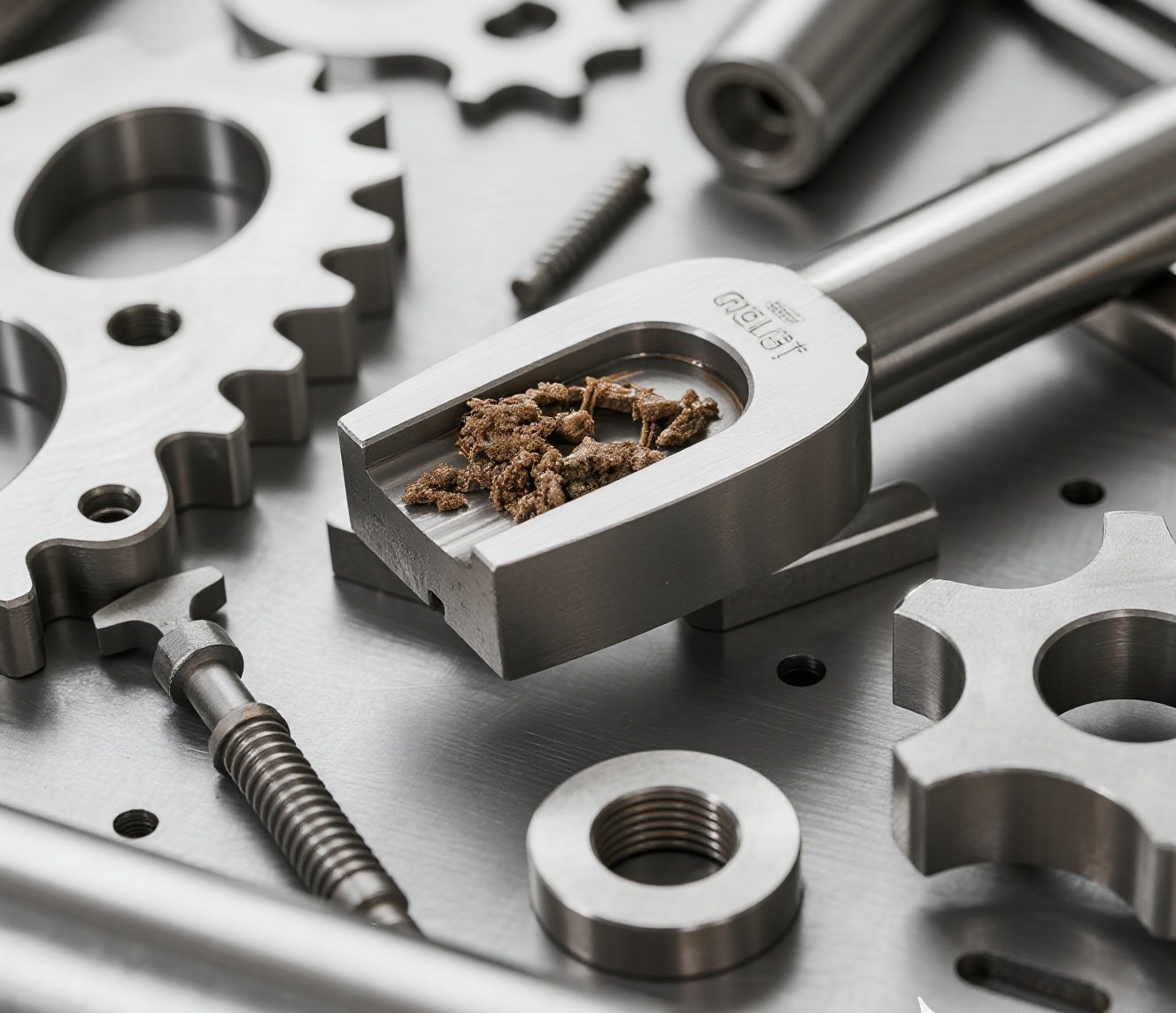
4. Applications in Different Industries
4.1 Common Uses for Carbon Steel
Carbon steel finds its strength in its high tensile capacity, making it ideal for construction and machinery. Low-carbon steel, with tensile strength between 370–450 MPa, is commonly used for structural beams, automotive body panels, and pipelines. Medium-carbon steel (500–650 MPa) handles shafts, gears, and heavy machinery parts, while high-carbon steel (800 MPa or more) is reserved for tools, springs, and cutting blades.
However, carbon steel corrodes quickly in humid or marine environments, so it usually requires coatings or regular maintenance. For example, outdoor fencing or warehouse structures made from plain steel need galvanization or painting to prevent rust. Even a small scratch can start localized corrosion, reducing lifespan to 5–15 years without protection.
4.2 Specialized Uses for Inox
Inox, or stainless steel, shines in environments where both strength and corrosion resistance matter. The material is inox (stainless steel products) is widely used in:
-
Kitchenware and Food Industry Equipment: 304 and 316 grades resist acids, salts, and frequent washing, making them ideal for sinks, cookware, cutting boards, and commercial food processing surfaces. The chromium oxide layer ensures hygiene and long-term durability.
-
Construction and Architectural Applications: Stainless steel sheets and stainless steel metal plates are common in building facades, roofing, and structural elements. They maintain appearance for 20–50 years even in coastal areas. Polished or brushed finishes enhance aesthetic appeal while resisting graffiti and stains.
-
Industrial and Marine Environments: Duplex or austenitic inox grades handle harsh chemicals, chloride-rich waters, and extreme temperatures. For instance, offshore oil rigs, desalination plants, and chemical reactors often rely on inox for its superior durability and low maintenance, outperforming regular carbon steel.
| Industry | Typical Inox Grades | Key Advantages |
|---|---|---|
| Food & Beverage | 304, 316 | Hygiene, corrosion resistance, easy cleaning |
| Arkitekturë | 304, 316, 430 | Durability, aesthetic finish, low maintenance |
| Marine & Chemical | 316, Duplex | Saltwater resistance, chemical resistance, long lifespan |
The use of stainless steel PVD finish sheets in decorative and industrial applications further enhances corrosion resistance and visual appeal. Designers and engineers choose inox over plain steel when they need materials that combine performance, longevity, and style.
For more information on PVD coated stainless steel and its applications, see our detailed guide: What is a PVD stainless steel sheet?
